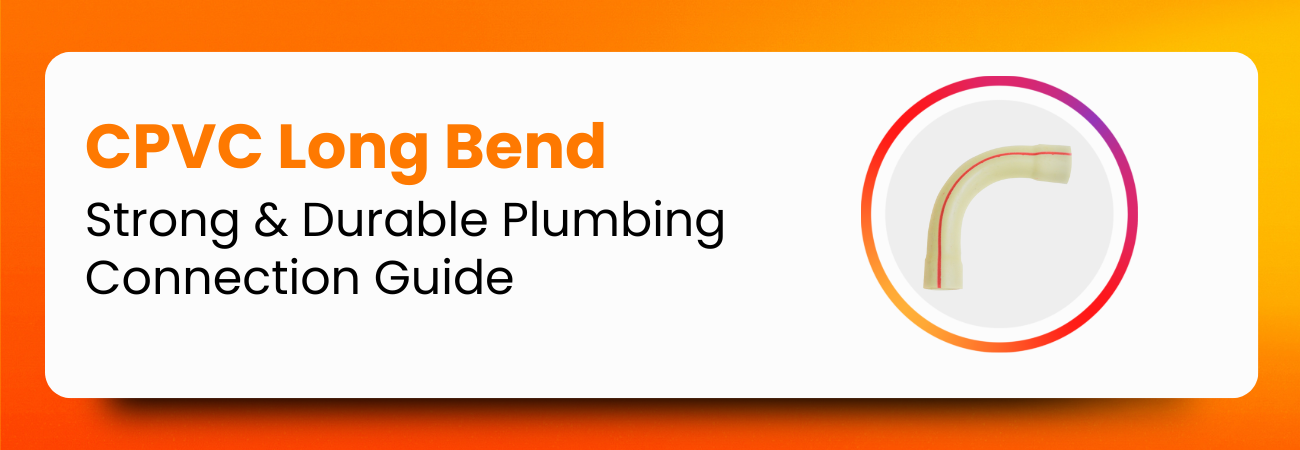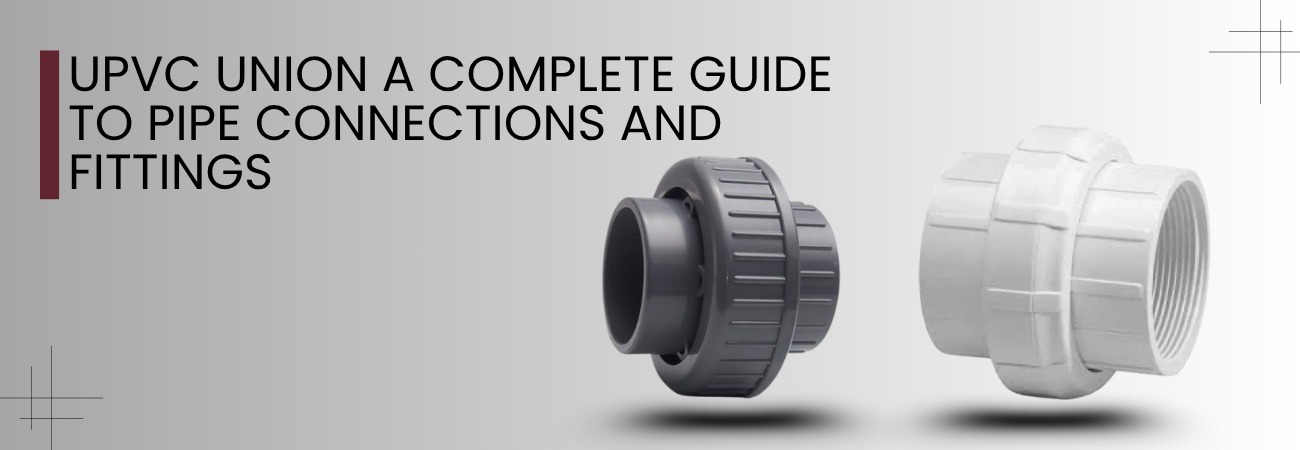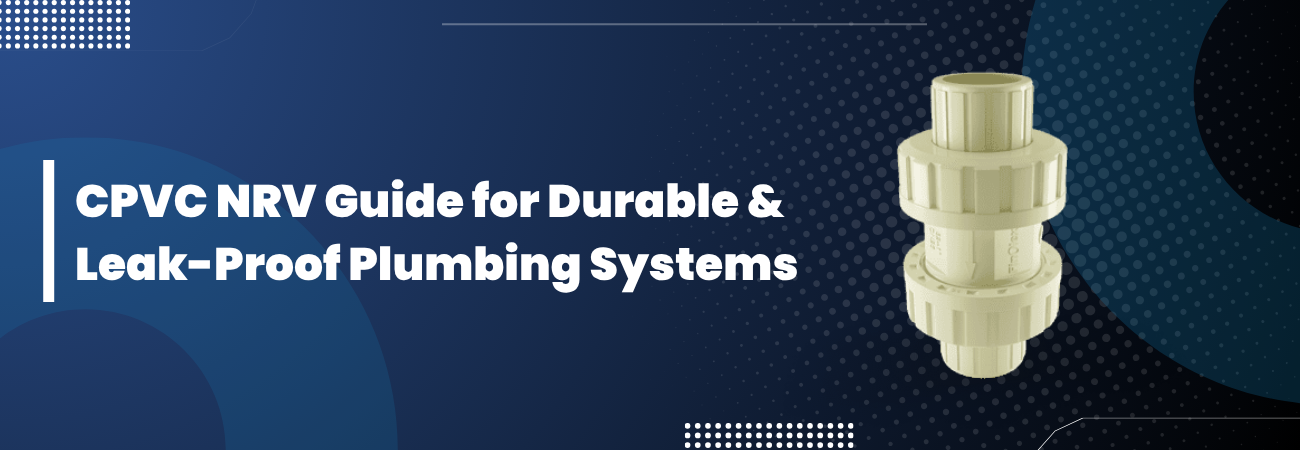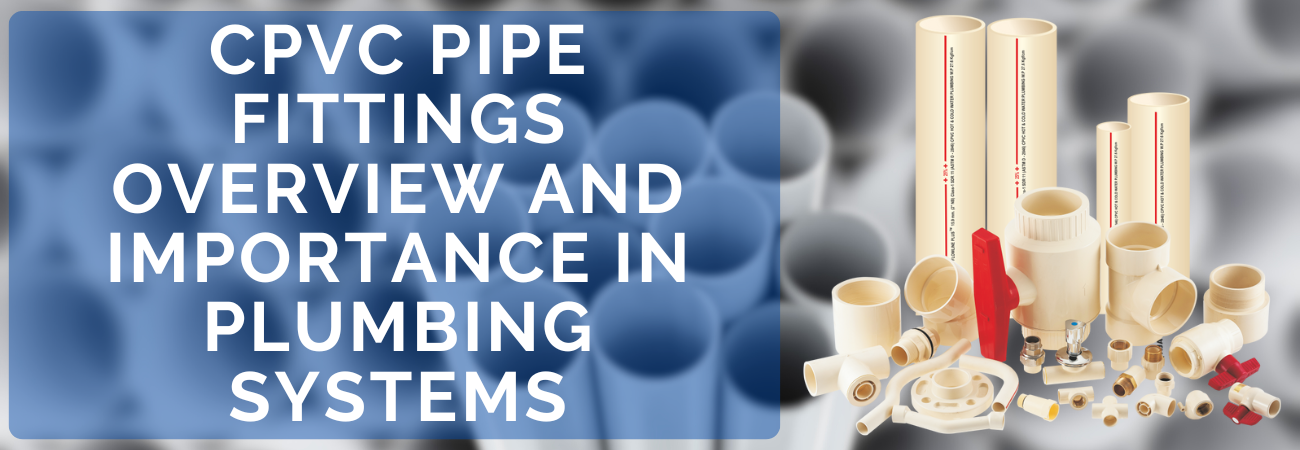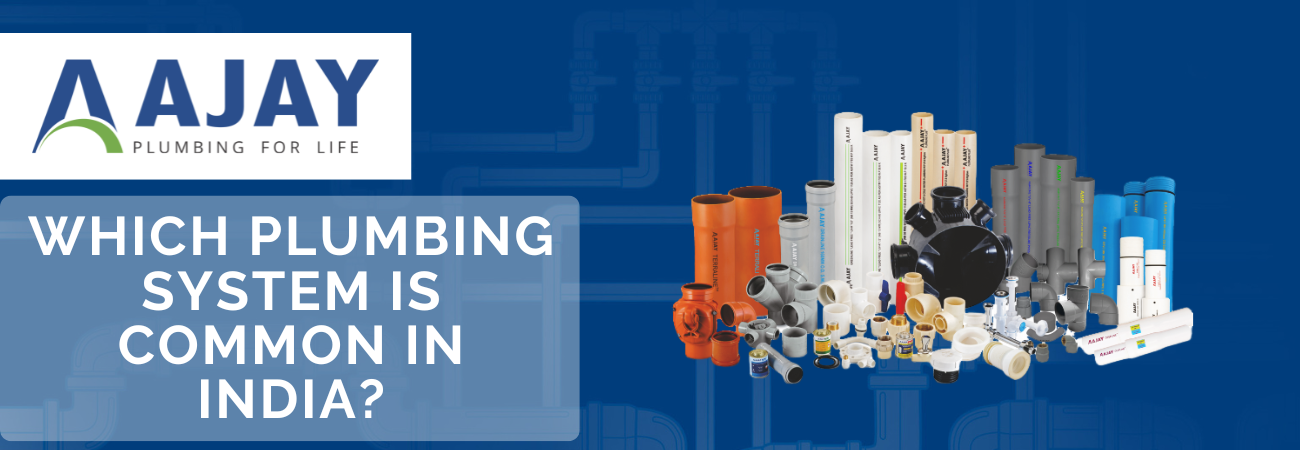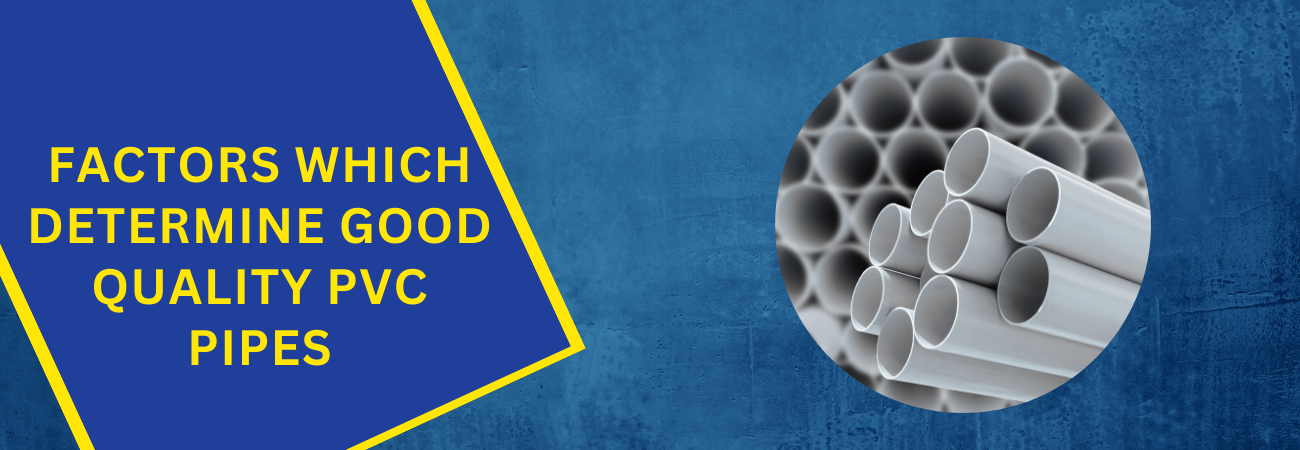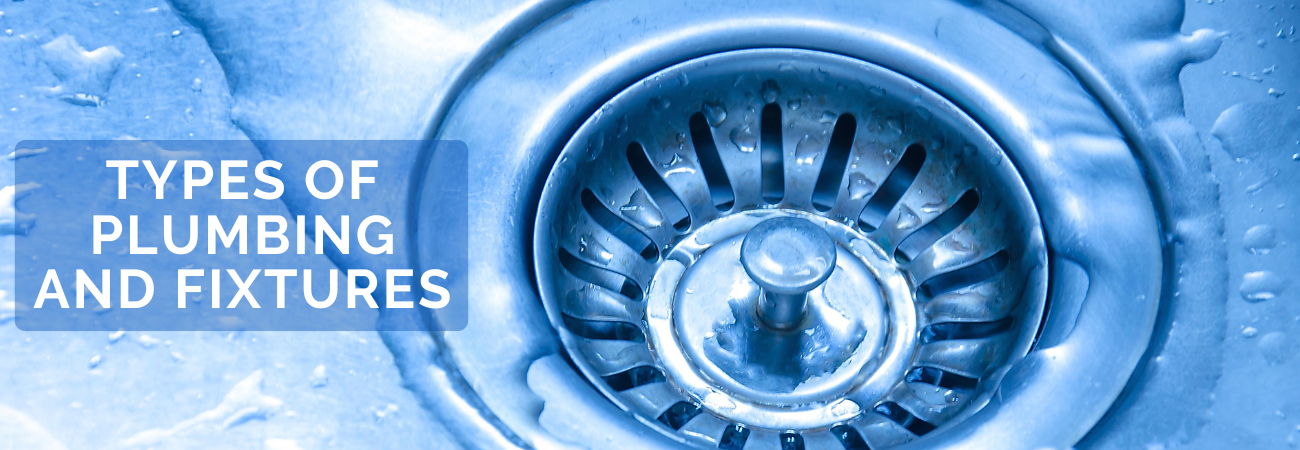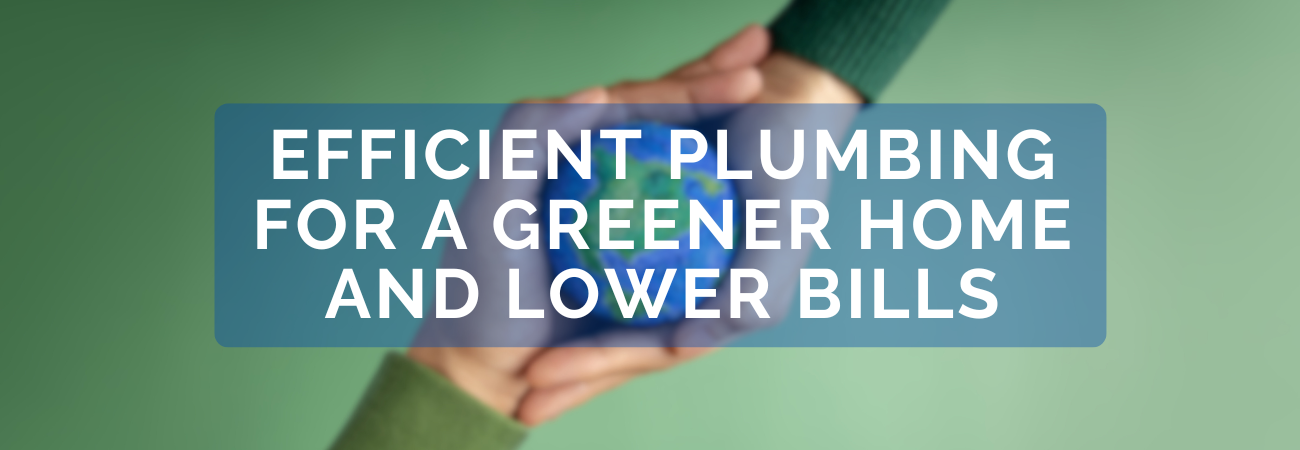
CPVC Socket: A Reliable and Durable Plumbing Solution
Introduction
In modern plumbing systems, the CPVC long bend is a crucial fitting that helps ensure smooth water flow around corners without putting stress on the pipeline. Whether you’re working on a residential water supply or an industrial plumbing system, this small but vital component can make a significant difference in performance and durability.
In this comprehensive guide, you’ll learn everything about CPVC long bends—from their function and advantages to how they compare with similar fittings like the cross bend CPVC and end cap CPVC.
What Is a CPVC Long Bend?
A CPVC long bend is a pipe fitting made from Chlorinated Polyvinyl Chloride (CPVC) that allows the pipeline to change direction—typically by 90 degrees—over a longer radius compared to short bends. This extended curve reduces friction loss and pressure drop in the plumbing system.
Key Features of UPVC Unions
- Long turning radius
- High heat and chemical resistance
- Used in both hot and cold water applications
Why Choose CPVC Long Bend Fittings?
If you’re wondering why plumbers prefer CPVC long bends over other types of elbow fittings, here’s why:
Smooth Flow
- The gradual bend reduces water turbulence and maintains consistent pressure.
Minimizes Joint Stress
- Unlike sharp bends, long bends don’t exert excess stress on the connected pipes.
Easy Installation
- Provides a secure and reliable joint when installed with CPVC solvent cement.
Ideal for Long-Term Systems
- Highly durable and corrosion-resistant, ideal for domestic, commercial, and industrial plumbing systems.
Where Are CPVC Long Bends Used?
Common Applications Include:
- Residential water supply lines
- Hot water circulation in bathrooms and kitchens
- Industrial pipelines
- Chemical handling systems
Difference Between CPVC Long Bend and CPVC Cross Bend
Feature | CPVC Long Bend | CPVC Cross Bend |
|---|---|---|
Shape | 90° smooth curve | Four-way pipe connection |
Function | Changes pipe direction | Connects four pipes |
Best Use | Corners and direction change | Complex pipe networks |
Flow Impact | Minimal turbulence | May affect flow rate if not balanced |
How to Install a CPVC Long Bend Correctly
Tools You’ll Need:
- CPVC pipes and long bend fitting
- Pipe cutter or hacksaw
- CPVC solvent tube
- Sandpaper or deburring tool
- Measuring tape and marker
Installation Steps:
- Mark and cleanly cut the pipe using a pipe cutter.
- Deburr Edges: Smooth the cut edges to ensure a proper fit.
- Dry Fit First: Insert the long bend to check alignment.
- Apply Solvent Cement:
- Spread CPVC solvent tube evenly on both pipe and fitting.
- Join and Hold:
- Insert the pipe into the fitting and maintain steady pressure for approximately 30 seconds to ensure proper setting.
- Cure Time: Let it sit for at least 15 minutes before testing the system.
How the End Cap CPVC Complements CPVC Long Bends
End cap CPVC fittings are used to seal the ends of pipes, making them ideal for future extensions or maintenance access.
Installation Steps:
- Mark and cleanly cut the pipe using a pipe cutter.
- Deburr Edges: Smooth the cut edges to ensure a proper fit.
- Dry Fit First: Insert the long bend to check alignment.
- Apply Solvent Cement:
- Spread CPVC solvent tube evenly on both pipe and fitting.
- Join and Hold:
- Insert the pipe into the fitting and maintain steady pressure for approximately 30 seconds to ensure proper setting.
- Cure Time: Let it sit for at least 15 minutes before testing the system.
How the End Cap CPVC Complements CPVC Long Bends
End cap CPVC fittings are used to seal the ends of pipes, making them ideal for future extensions or maintenance access.
Use Cases:
- Temporary system shut-offs
- Pressure testing lines
- Extending pipelines later
Key Advantages of Using CPVC Long Bends in Plumbing Installations
- Reduces the number of joints: Fewer joints mean fewer chances of leaks.
- Improves system longevity: Prevents erosion and cracking caused by high water pressure.
- Energy efficiency: Lower friction saves on pumping energy in industrial setups.
- Compatibility: Works well with all standard CPVC fittings, including cross bend CPVC and end caps.
FAQ:-
A long bend has a larger radius and is used to reduce flow resistance, while a short bend turns sharply and may cause turbulence.
A CPVC long bend allows directional change with a smooth curve, while a CPVC cross bend connects four pipes at right angles, suitable for complex network systems.
Yes, CPVC long bends are heat-resistant and suitable for both hot and cold water applications in kitchens, bathrooms, and industrial systems.
You’ll need CPVC pipes and fittings, a pipe cutter, CPVC solvent tube, sandpaper or deburring tool, and a measuring tape for proper installation.
Conclusion:
If you want a plumbing system that lasts long, runs efficiently, and needs minimal maintenance, integrating CPVC long bend fittings is a smart choice. When combined with essential fittings like cross bend CPVC and end cap CPVC, they offer unmatched performance and adaptability
Whether you’re a homeowner or a contractor, investing in Ajay Pipes’ UPVC unions ensures performance, longevity, and peace of mind.
For any queries, contact the plumbing experts at Ajay pipes on the Toll Free No. : 1800-11-4050 or via email at our email address info@ajaypipes.com

